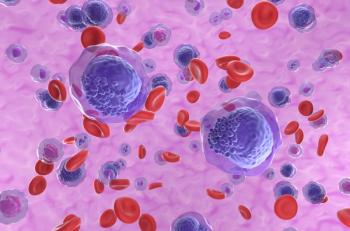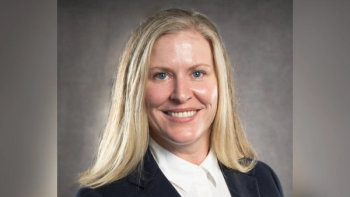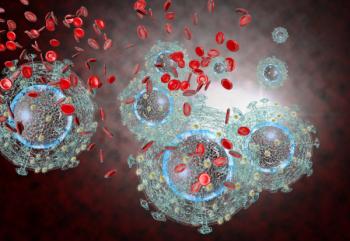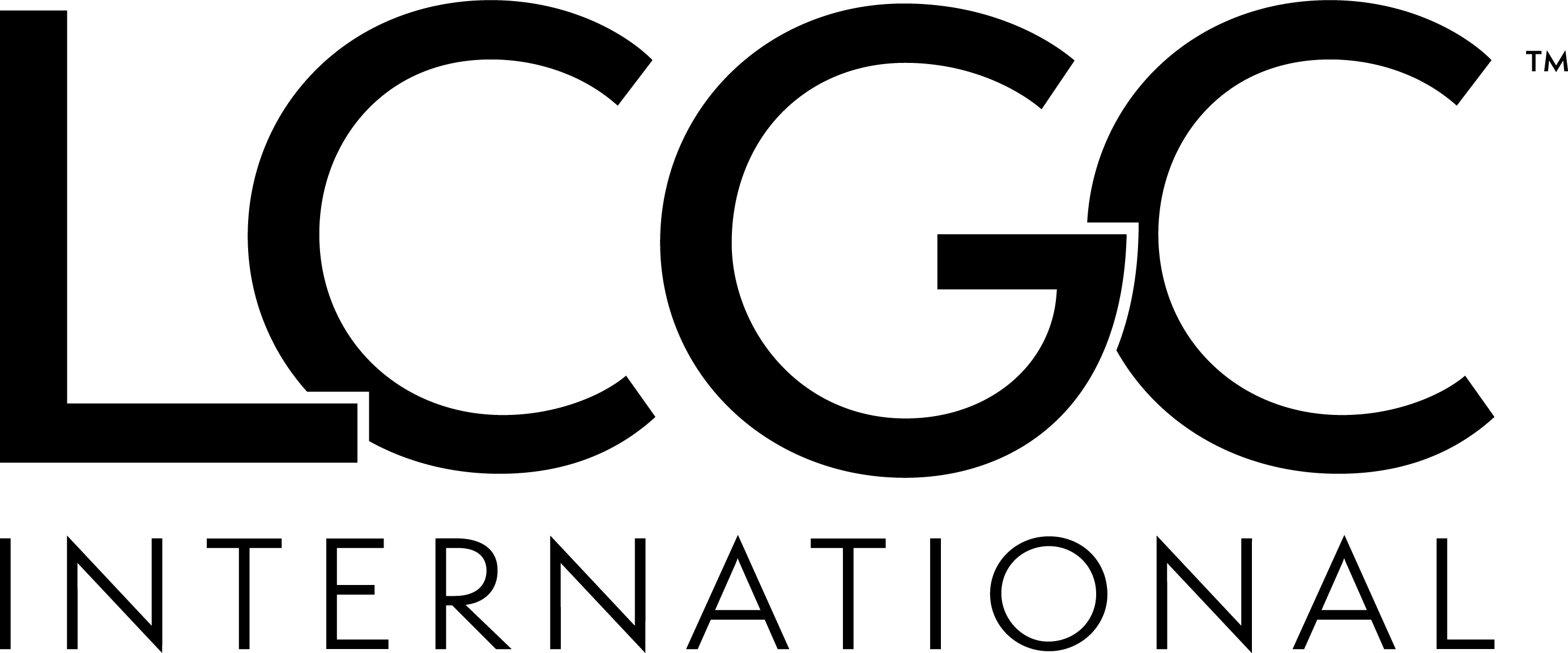
CenterWatch Acquired by Founder Ken Getz
Ken Getz, the founder of
Getz founded CenterWatch in 1994 and established the company as a provider of operating and business information on the $40 billion global clinical trials industry. Getz sold the company to the Thomson Corporation in 1998. CenterWatch was subsequently sold to Jobson Medical Information in 2007.
“I am very excited to have CenterWatch back,” said Getz. “We have plans to modify and improve our print- and web-based publications and services while adding new offerings to assist investigative sites, pharmaceutical and biotechnology companies, contract research organizations and other service providers in being better informed, more effective and successful.”
The May issue of
Getz is the Chairman of CISCRP—a nonprofit organization that he founded to educate and raise public awareness of the clinical research enterprise—and a Senior Research Fellow at the Tufts Center for the Study of Drug Development where he studies R&D management and operating models, investigative site, outsourcing, and study volunteer trends and policies.
Newsletter
Stay current in clinical research with Applied Clinical Trials, providing expert insights, regulatory updates, and practical strategies for successful clinical trial design and execution.






.png)



.png)



.png)
.png)
